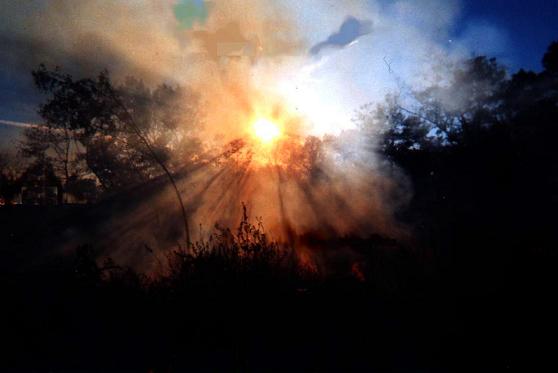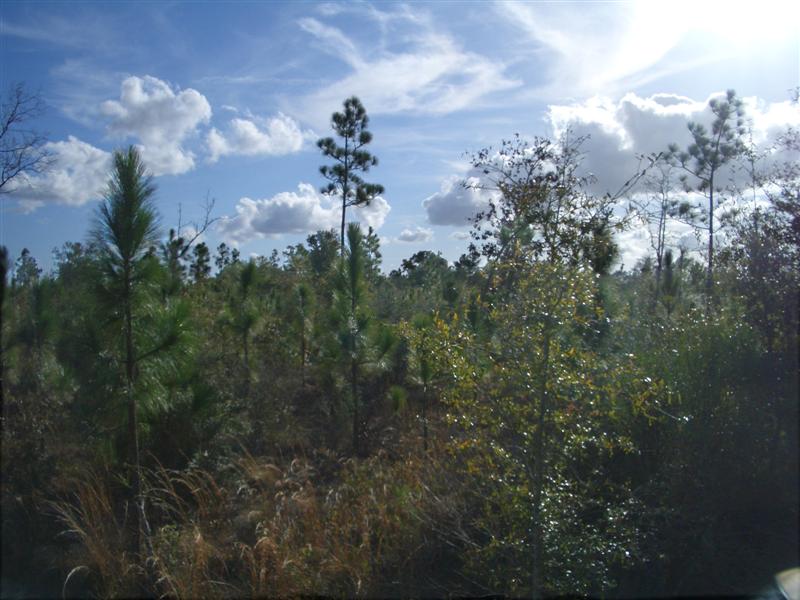|
…history abundant as the grain at our feet -John Tiong Chunghoo
|
Shoal Sanctuary, a unique place on Earth, has a glorious history of drama and intrigue. The 1830 "Indian Removal Act" authorized eviction of all indigenous people from their homeland. 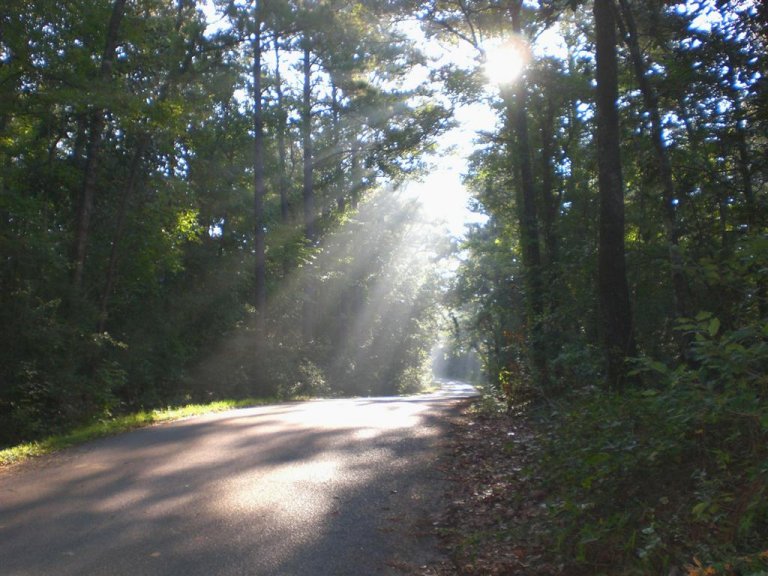
Crowder Chapel Road canope |
U.S. troops drove Cherokee, Seminole, Creek, Timuquan, Muskhogean, and Apalachee west on foot along the infamous “Trails of Tears.” Mossy Head lore sites a leg of that journey along the old Indian footpath now called Crowder Chapel Road. The thoroughfare was also used for Spanish oxcarts and pioneers’ covered wagons. Local Native Americans have said that “Shoal Sanctuary” was once a ceremonial gathering place. Back then the pristine pine forest was readily passable, not dense with secondary growth from subsequent deforestation. Some indigenous people assimilated into the dominant culture. Shoal Sanctuary was officially homesteaded in 1904 by an Eastern Cherokee and Choctaw family, the Crowders. Hence the street name. Timber industry exploited the land for nearly a century as a means of income for owners. Then in 1959 “Grandma Warren” is said to have held off deforesters with a shot gun. Again, in 1999, pristine forest on 23 acres of top land was sold as timber; only the inaccessible ravines and ridge line were spared. March 2000 Larsons next door acquired the farm and joined all the land into Shoal Sanctuary as a nature preserve.
Remediation and responsible stewardship have since become the motto. 2000 was a year of clean up. Human debris and waste (four dumpsters and over 20 truckloads) were carted away.
Collapsed sheds everywhere |
Amid the mess were dozens of dilapidated sheds, barbed wire with electric fence strewn like spaghetti, and power poles with wires in every direction.
2001 began reintroduction of the native longleaf pine forest. Over fourteen trees have been planted including longleaf pines, cypress, magnolias, red cedars, fruit and nut trees.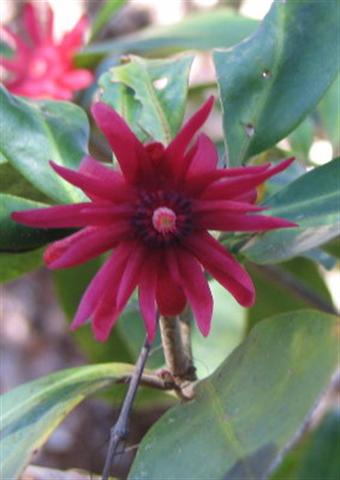
Star Anise |
Established garlic, chives, jonquils, roses, and lilies flourish wildly. Prescribed burns reduce invasive growth; hardwood havens are kept fire-free. Farm fence deters hunters and their dogs yet allow access by resident bear, possible panther, gopher tortoise, deer, turkey, quail, raccoon, rabbits, opossum,…even a homeless emu happened by. Sculpture trails adorn the landscape. Work is on-going and accompanied by the serenade of hawks overhead by day and owls by night. Old growth forest is accessible via foot trails, foot bridges across creeks and ravines, and River Road drive for non-hikers where a SENTINEL sculpture points the way. Wooden benches invite reflection at observation points. A frog pond attracts migratory birds. Every hike is a potential encounter with rare flora or fauna.
Grotto Ravine is an enchanted niche that has been on the national geologic registry since 1926. Its steep walls protect it from human encroachment, except for archeological fossil digs by Smithsonian writers. 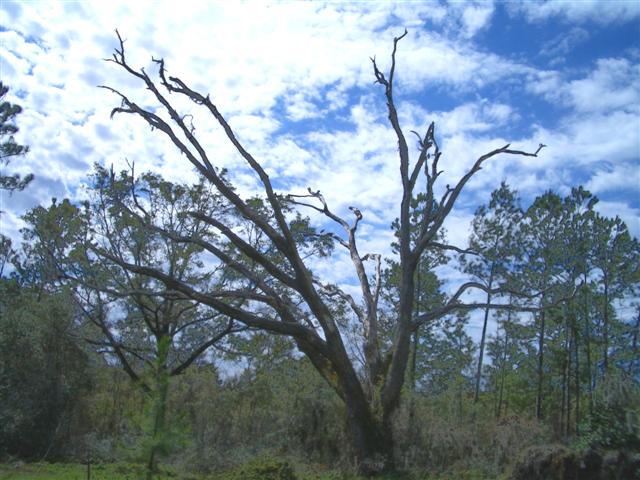
Ancient Oak, R.I.P. |
Beside ancient mollusk relics a tiny waterfall flows, liverworts thrive, and two foot Jack-in-a-Pulpits bloom.
The private nature preserve and sculpture trails welcomes guests for retreat, civic-minded growth, and repose with nature. Splendid trees and attractions are given names. 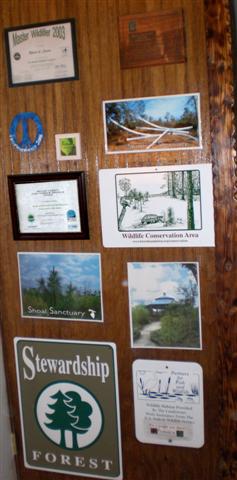
Awards wall |
“Walt Whitman” has a Spanish Moss beard. “For Heaven’s Sake” stretches high and “Behemoth” wide. “Ode to Joy” is nicknamed “Oddie.” “United We Stand” is a tall grove. “Oh Deer,” where White Tails convene, houses the OBSERVATION STATION and WE COME IN PEACE, a whimsical sculpture beside UFO Row. A live oak with winding, musical branches is named “I Got Rhythm.” A Cottonwood grove, with leaves that shuffle enthusiastically in the breeze, is named “The Audience” by musician Martin Baker. Children communed with emu “Big Bird” under “Friendship Tree.” Suggested names for untitled sculptures, paths, and trees are welcomed for consideration.
|
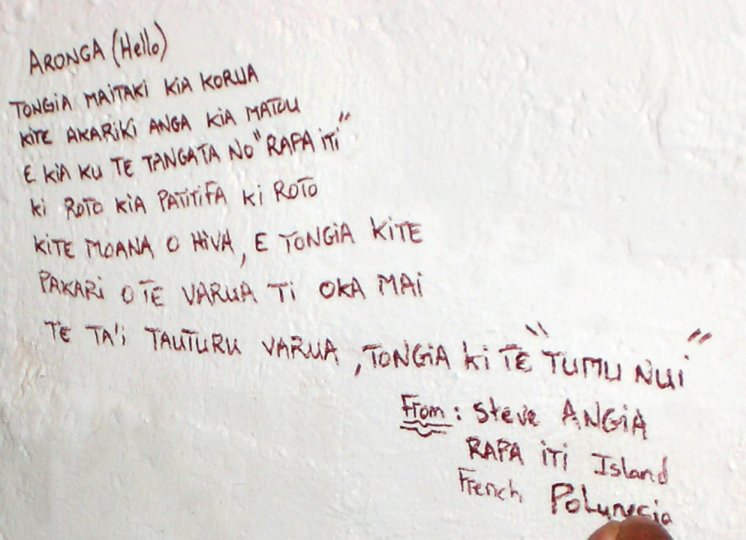 | 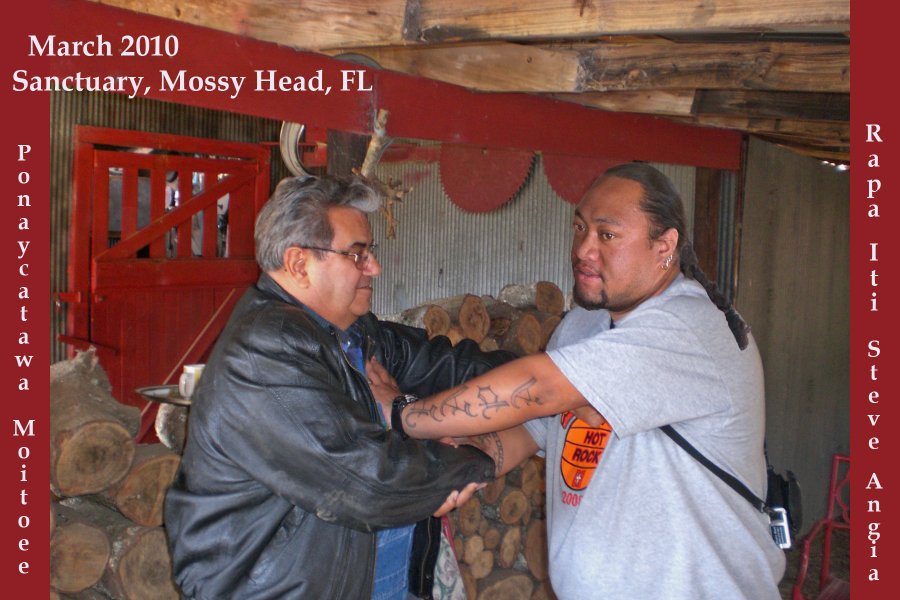 | | Wall signing by Steve of Rapa Iti | Cherokee Ponaycatawa Moitoee met Rapa Iti Steve Angia |
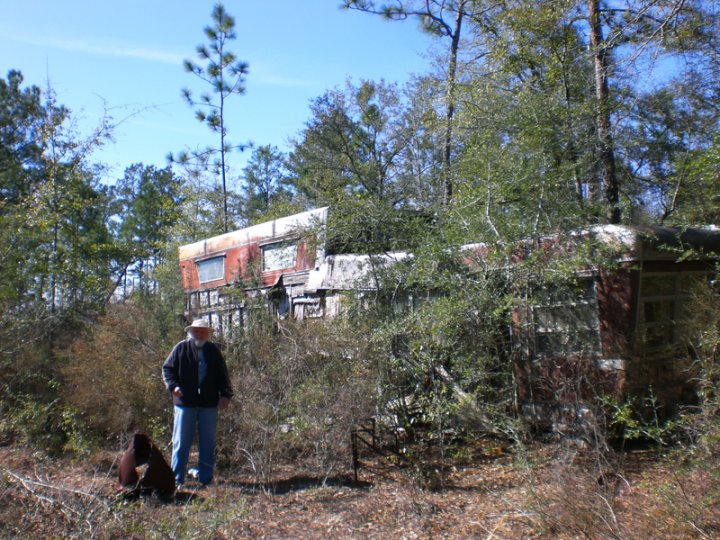 | | Abandoned two-story 1954 Pacemaker trailer |
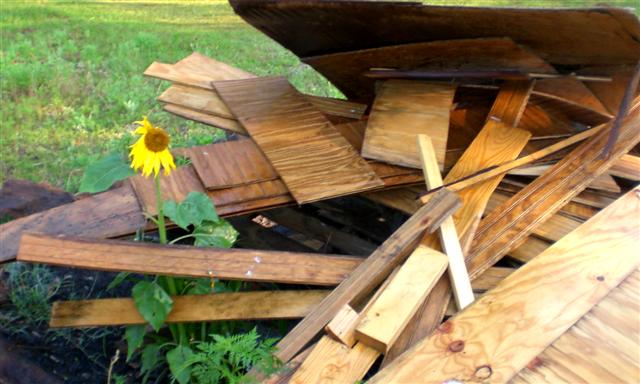 | | Sunflower bloom amid chaos |
 |  | | Farmhouse, before | and after |
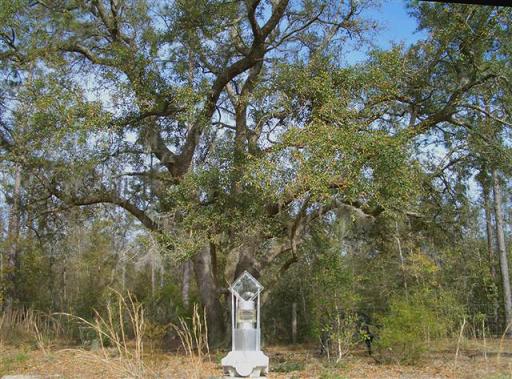
I Got Rhythm
and Through the Looking Glass |
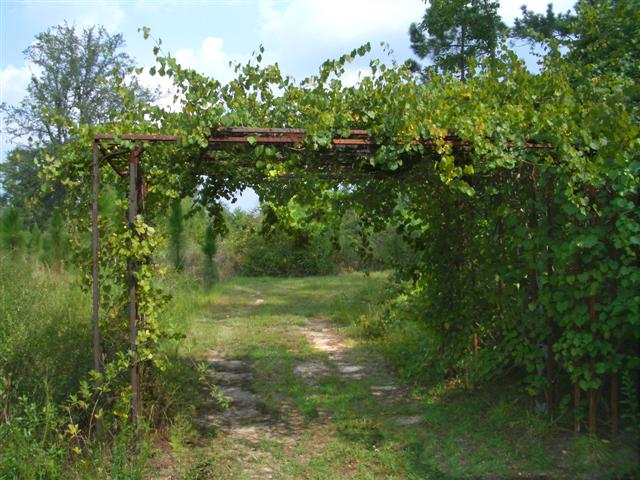
Time Tunnel grape arbor |
| Shoal Sanctuary has been blessed by | 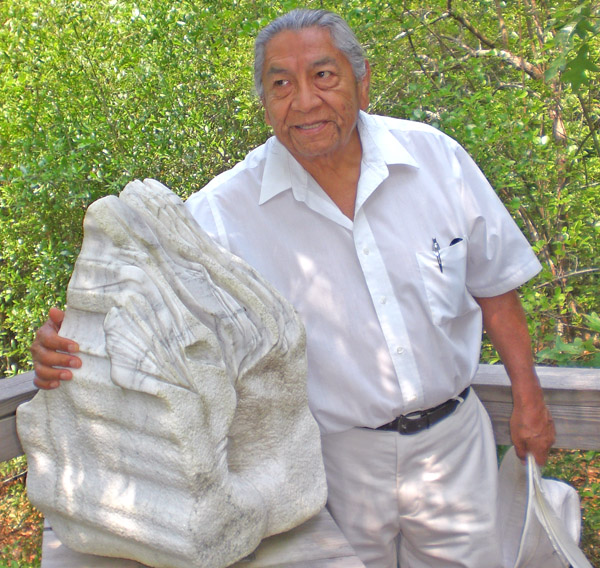 | 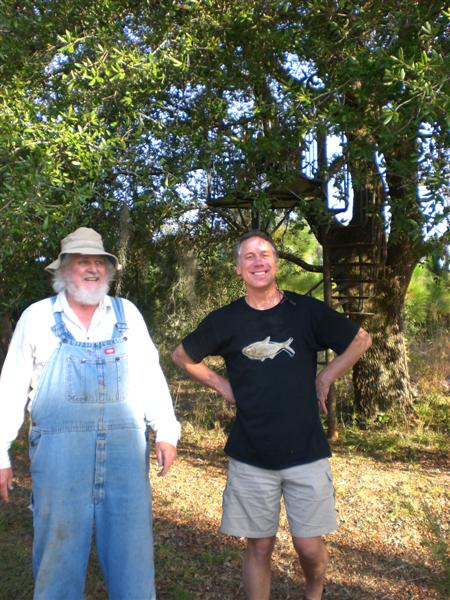 | Zuni medicine man
Clifford Mahooty | The Reverend
Michael Dowd |
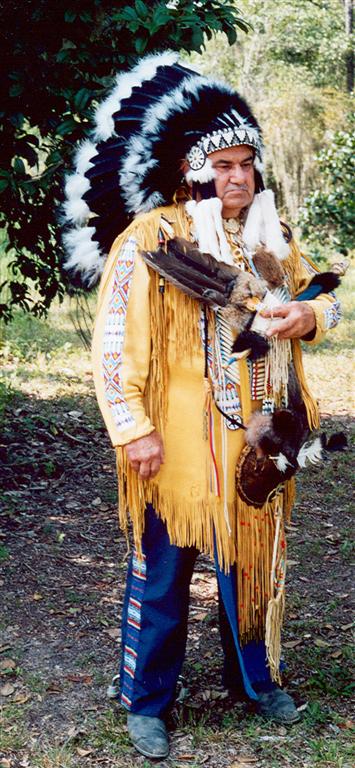 | 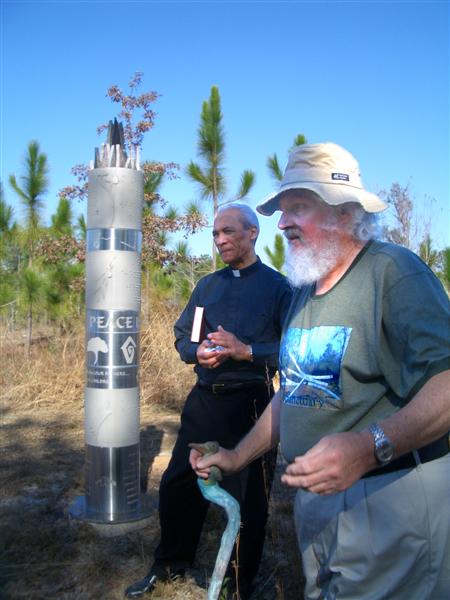 | Cherokee Chief
Ponaycatawa Moitoee | Catholic Bishop
John Ricard |
Local Points of Historic Interest
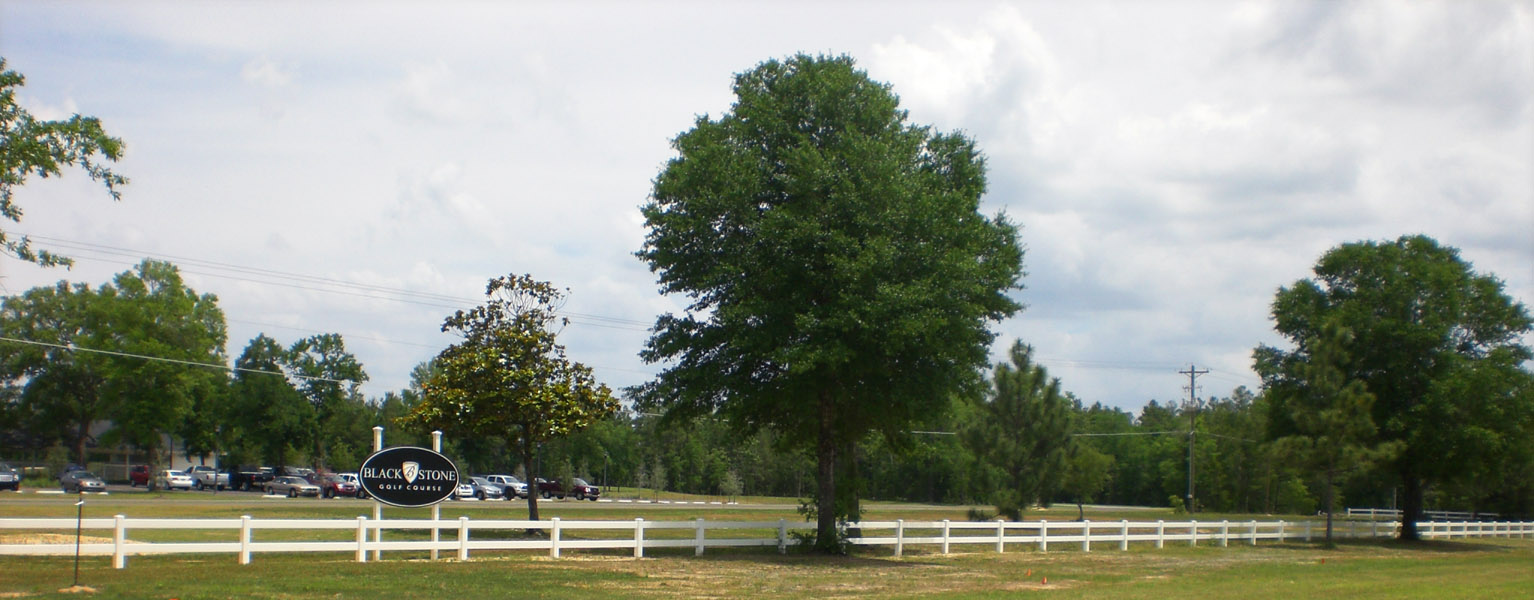 | | Echota Cherokee Reservation became a golf course, May 2010 |

DeFuniak Herald printing press |
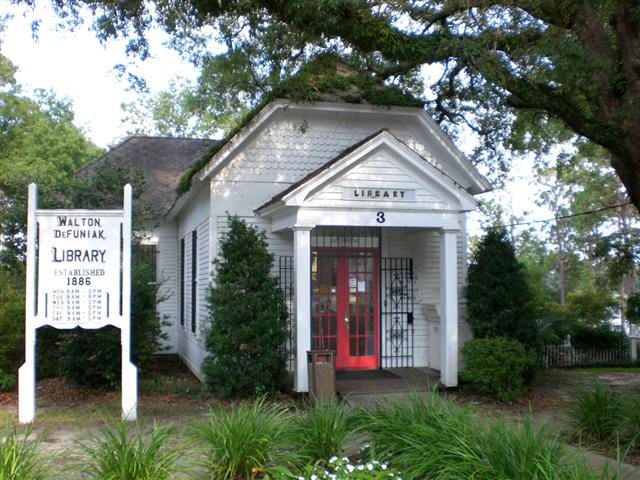
Nearby library | 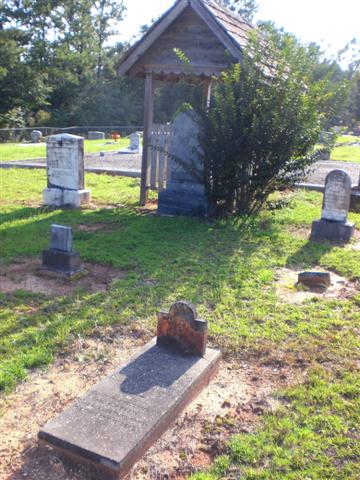
Crowder Chapel Cemetary's
first grave, pioneer child |
Earth Day sandcastle
|
|
